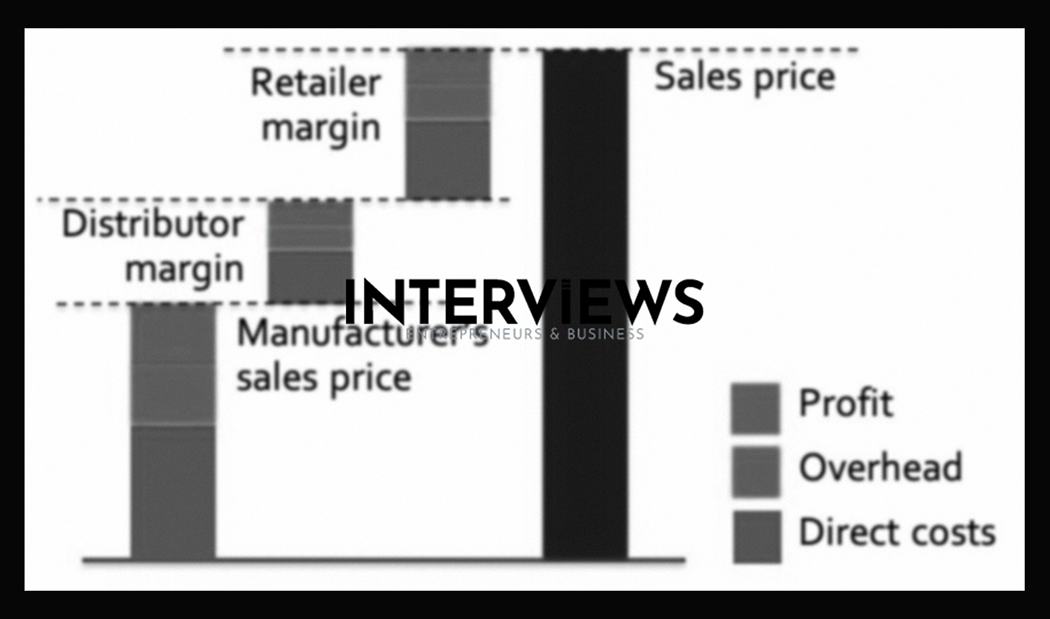Decoding Distributor Margins: Making Sense of the Numbers That Matter
Ever wondered how products go from factories to you? It’s a network. Distributors play a key role. At the center of their work? The distributor margin. Let’s break this complex concept down together.
Distributor Margin: The Slice of the Pie
A distributor margin is the cut a distributor takes for moving a manufacturer’s goods. It’s their reward for handling the logistics. This margin varies as a percentage of the selling price. It isn’t fixed.
The range is surprising, between 3% and 30%. Why such a variance? It depends on the product and what the distributor does. Are they just moving boxes? Or are they marketing and managing distribution? The more tasks they tackle, the greater their margin.
Markup vs. Margin: Know the Difference, Save Your Sanity
Now let’s clarify markups. These often mix with margins, creating confusion. When manufacturers sell to distributors, they typically add a markup of 15-20%. Distributors don’t work for free. They add their own markup, often 20-40%, depending on the industry.
Think of margin as a profitability indicator. It’s the percentage difference between cost and selling price. A healthy gross profit margin exceeds 50%. But if you dip below 30%, watch out. That’s risky, especially with high operational costs. Low margins and high costs lead to trouble.
The Distributor’s Money-Making Machine
Distributors fill their pockets by a simple model. They buy in bulk from manufacturers at wholesale prices. Then they sell these goods to retailers at higher retail prices. The difference is their profit.
Here’s the breakdown:
- Wholesale Purchasing: Distributors bulk-buy at discounted prices from manufacturers.
- Retail Selling: They break down bulk purchases and sell to retailers at a markup.
- Profit Margin: This is the gap between wholesale cost and retail price. It must be strong enough to cover expenses and yield profit.
- Logistics and Services: Distributors handle warehousing, shipping, and customer service. This adds value for manufacturers and retailers avoiding headaches.
- Markup: Distributors add a percentage on top of costs to determine the selling price. This needs to be strategic to ensure profit.
- Strategic Partnerships: Smart distributors build relationships and leverage bulk purchasing to optimize profits.
What Makes Margins Move? The Influencing Factors
Distributor margins are not random numbers. They come from various factors like industry, product type, and sales volume. You can see them between 5% and 40%. It all depends on specifics: product type, market conditions, and overhead costs. High overheads require higher margins.
Pricing Strategy: Finding the Sweet Spot
Setting prices requires strategy. Distributors rely on market research. They must analyze competitors’ prices and understand supply and demand. This helps them find prices that are competitive and profitable.
And about that markup vs. margin confusion? Let’s clarify it.
- Markup: This is how much more you charge than the cost. It calculates based on cost.
- Margin: This is profit as a percentage of the selling price, focusing on revenue.
Formulas to keep handy:
- Markup = (Selling Price – Cost) / Cost
- Margin = (Selling Price – Cost) / Selling Price
Margin Math: Crunching the Numbers
If you want to know your distributor margin, grab a calculator. The formula is simple: (Selling Price – Cost Price) / Selling Price * 100. There’s your distributor margin percentage.
The wholesale margin formula differs slightly: (Selling Price – Cost Price) / Cost Price x 100. It’s subtle but key for accurate calculations.
What’s a “Good” Margin? The Golden Question
What makes a good margin? For wholesalers, aiming for a 30-50% gross profit margin is healthy. This allows them to cover costs and reinvest for growth. Anything less can feel tight.
Retailers selling directly to consumers typically aim for higher margins of 20-50% on top of the wholesale price. Their costs and roles require that buffer.
But what about net profit margin for businesses generally? A 10% net profit is respectable. Achieving 20% or more? Now, that’s considered strong. Remember these numbers. They guide you in understanding distributor margins and business profitability. Understanding these concepts leads to smarter decisions.





